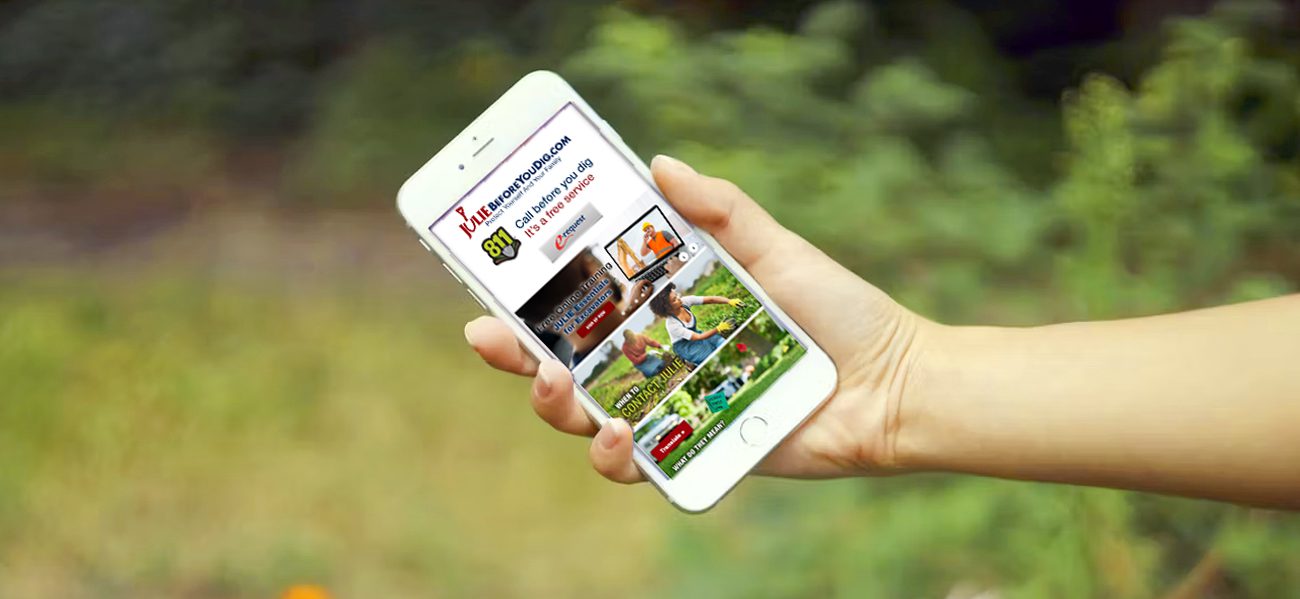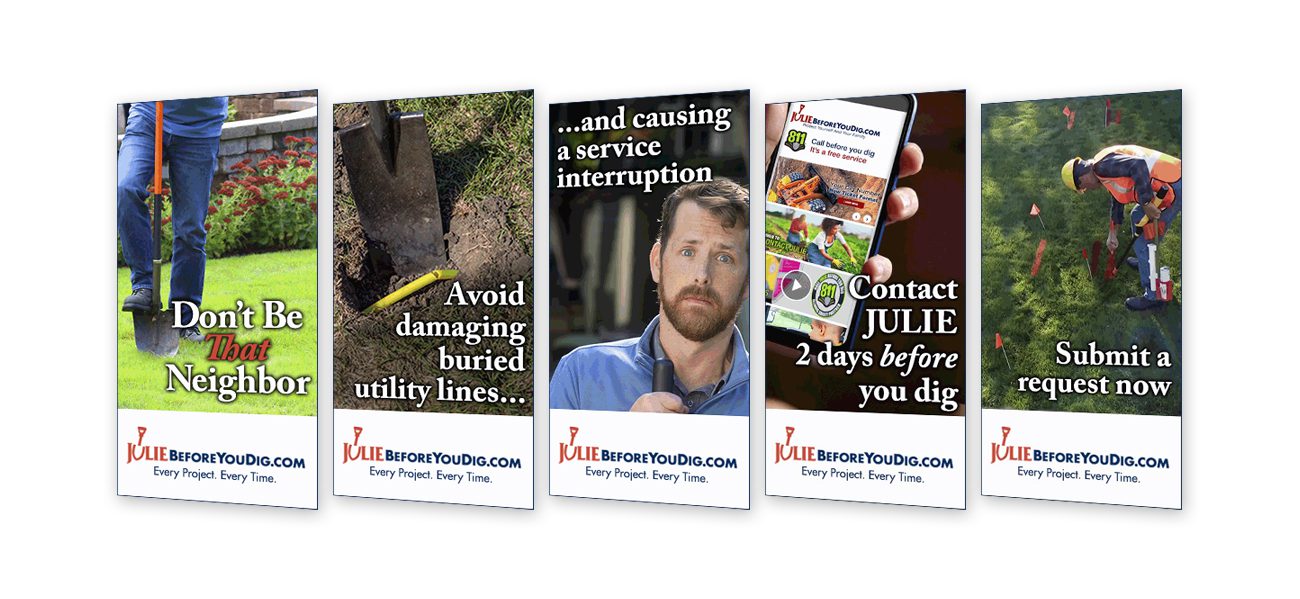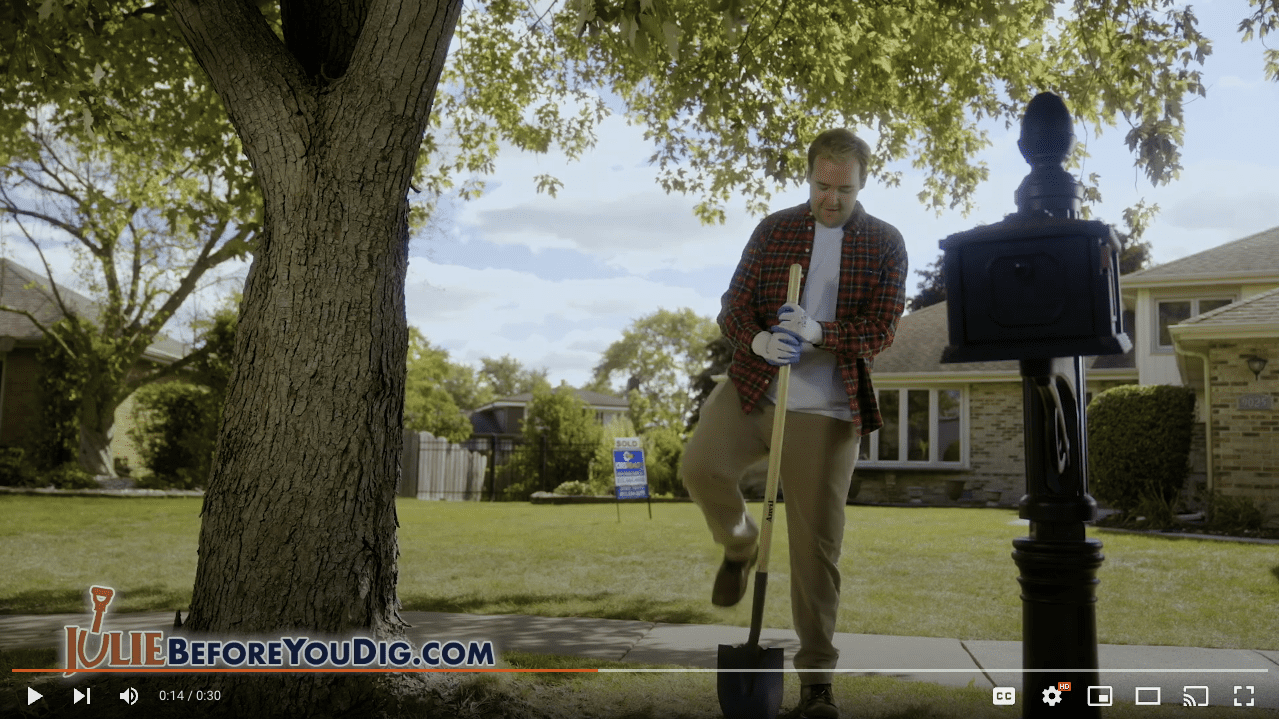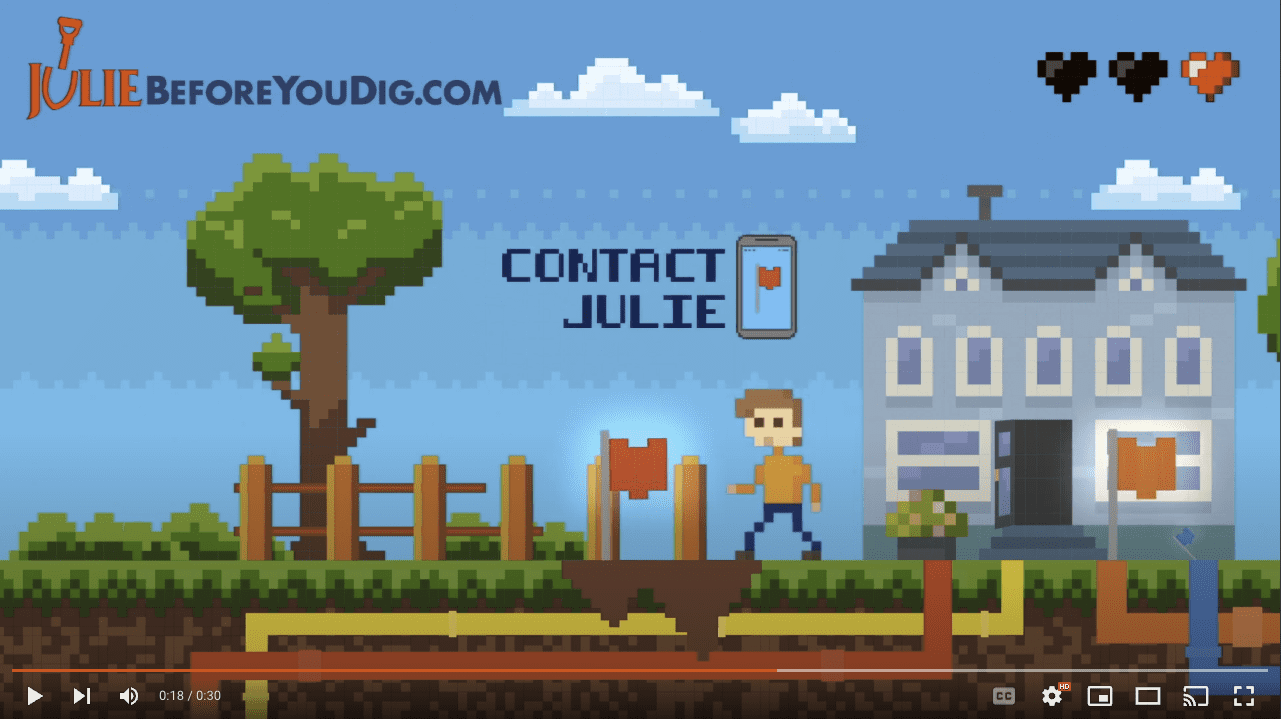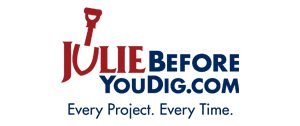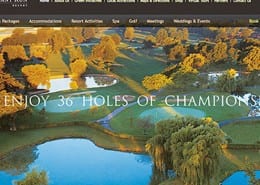JULIE, Illinois’ 811 notification service to prevent underground utility damages, realized its brand recognition was declining with the Millennial audience. The organization turned to Stevens & Tate Marketing to revamp its media mix to better attract homeowners between the ages of 24 and 39.
Knowing that this demographic consumes media online and tends to be cable cord cutters, Stevens & Tate implemented a digital marketing campaign along with an Over-The-Top (OTT) video program. Both offered the following advantages:
- Multi-screen display: engaging audiences across multiple devices—mobile, desktop, tablet—to connect with consumers on the screen they are most actively engaged with
- Multiple targeting options to reach distinct audiences: behavior, interests, demographic, geographic, contextual
- Ability to allocate impressions to specific geographic regions, audiences and creatives
- Optimization: tweaking campaigns based on performance to maximize results
The goal of the digital campaigns was to encourage consumers to submit online E-Requests to schedule JULIE services since this target audience is comfortable taking action from their smart phones, tablets or desktop computers. Advertising on both platforms ran during the months leading up to and during times when homeowners are most likely to use JULIE’s services.
To leverage the most scalable and efficient programmatic format, an ad network uses automated bidding on display advertising inventory in real-time to serve an ad to a specific target audience in a specific context. For JULIE, impressions were delivered over various online channels incorporating search-based, contextual and geotargeted parameters to influence three audiences: adult homeowners, new move-ins and rural landowners/agriculture in the state of Illinois outside of the city of Chicago.
OTT, which is video content served over devices and not broadcast stations, incorporated both pre-roll before short content and full episode player before long-form content. Advertising on streaming services allowed JULIE to reach households throughout the state that were outside metro areas and could not cost effectively be served via broadcast or cable television advertising.
Overall, the shift from broadcast mediums to digital allowed JULIE to deliver its message to a wider audience geographically and maximize reach while at the same time target consumers who were most likely to need JULIE’s services to minimize waste.
With this push toward digital advertising and promoting online locate requests, JULIE saw a 12% increase in E-Requests over the prior year. Based on this success, new initiatives were added to digital marketing for year two. These included retargeting homeowners who had submitted an E-Request and delivering them an “after the request” message, adding creative campaigns to address damage prevention, and expanding targeting to include professional excavators.

